The place was France. The date was May 24, 1976. It’s now remembered as The Judgment of Paris. It pitted some of California’s best wines against the best of France and much to the shock of the world (and especially the French), David beat Goliath. California won.
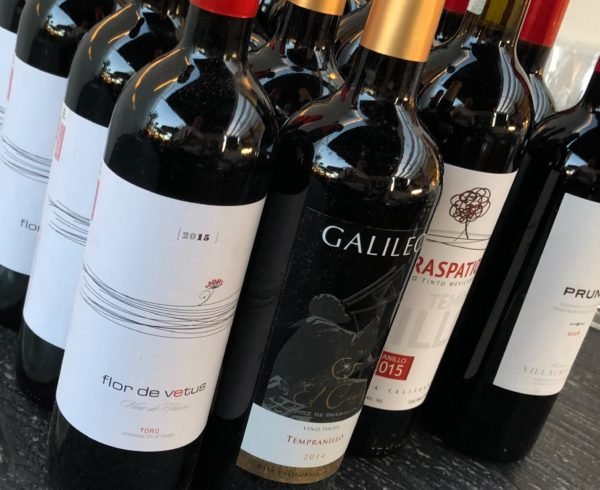
The place was Mexico. The date was January 8, 2019. It was billed as The Battle of the Tempranillos and, maybe someday, it will be remembered as The Judgment of San Miguel de Allende. It pitted some of Mexico’s best reds made from the Tempranillo grape against some of the same from Spain and much to my shock (and perhaps some Spaniards), David’s slingshot did it all over again. Mexico won.
I had wanted to do it for a few years. Put some Mexican wines heads up against their European counterparts. Perhaps prove that Mexico was ready to climb upon the world’s stage.
Mexican wineries have tried growing every popular European grape. Some with a lot more success than others. I spent about a year mulling my choices until I finally decided that Tempranillos had the best chance to climb into the ring and hold their own in this battle of the bottles.
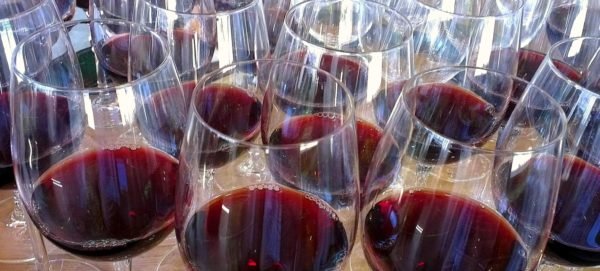
Tempranillo is Spain’s most important grape. It is the essential component of all Riojas and dominant in the wines of neighboring Ribera del Duero. For many years, the most celebrated Spanish wines were the ones that spent years aging in oak barrels. They were fine if you liked the taste of trees but not so fine if you preferred the taste of fruit. These days the trend is more towards what are called Crianza or Joven, young wines that spend a year or less in oak and that’s what I chose for The Battle of the Tempranillos.
The next step was to come up with the battleground, the format, the rules, the regulations.
I decided I didn’t want a bunch of stuffy oenophiles stood in my kitchen, drinking wines “blind” out of bottles in brown paper bags, spitting into ice buckets, nibbling soda crackers and using words like “barnyard”, “pipe tobacco” and “leaf litter”.
I wanted a special dinner. I wanted a party.
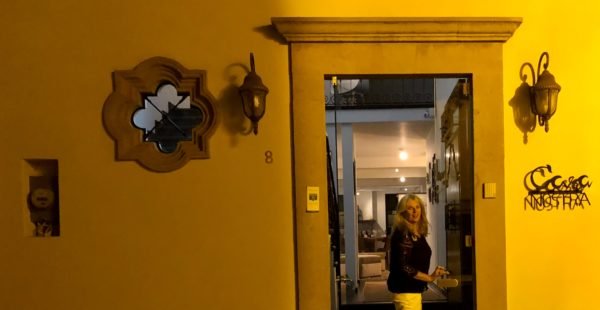
For the venue I chose Casa Nostra. The restaurant is one of San Miguel’s most attractive venues and chef/owner Marco Massarotti is one of this town’s most personable hosts with a fine appreciation and knowledge of Tempranillos (there’s a $10,950 Vega Sicilia on the restaurant’s list).

I asked Marco to choose four courses that he thought would go well with the fruity, herbaceous flavors of Tempranillo; he selected four of Casa Nostra’s classics. I invited 20 people who, if years of experience and bottles of wine consumed were the criteria, should be considered extremely well-qualified experts. I didn’t tell anyone that we would be scoring until they got there; I didn’t want them studying for the “exam”. And after a lot of very pleasurable sampling and not so pleasurable deliberation, I selected what I thought were the two very best Mexican and two very best Spanish Tempranillos that met my criteria of having a year or less of oak aging and under the restaurant price of 1000 pesos.

The crowd gathered on Casa Nostra’s terrace and checked out the views as they loosened their tastebuds with a glass of Torres De Casta Rosado from Catalunya in Spain. Though this “pink” wasn’t officially included in the competition, it is made from the Tempranillo grape and we did score it. It received an 85, very respectable when you consider it retails for only 198 pesos.

It was time to take our seats for the main event. Casa Nostra’s first course was a bowl of Riesling potato leek soup with bacon fat croutons. The Mexican Tempranillo I chose to pair with it was a 2015 Traspatio.

This 100% Tempranillo comes from Vinos Traspatio in the Valle de San Vicente in Baja California. The wine is aged for nine months in American oak barrels with 50% of the barrels being brand new and the other 50% being used for a second year. The percent alcohol is 13.8. Less than 300 cases were produced.

I’m not going to get into all of the nuances on the nose and tongue because I know most people don’t care about those nuances on the nose and tongue. I will simply give you some of the judge’s comments. Dick Brinson said, “I loved this one”. His wife Bev simply called it, “the best”. Lillian Adamakis pronounced it “exquisite”.
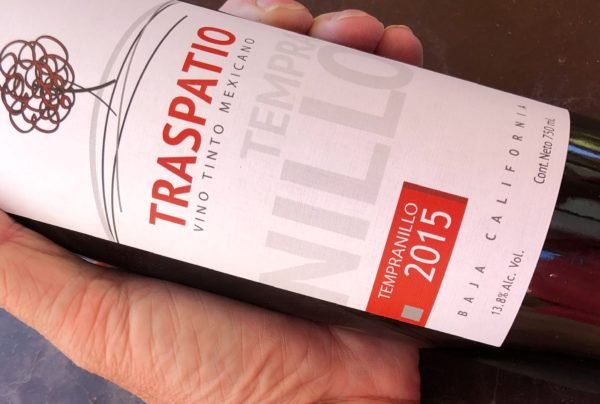
The Mexican 2015 Traspatio Tempranillo scored a 90, quite the score for a Mexican wine. It was perhaps the first time a Mexican wine had ever scored a 90.
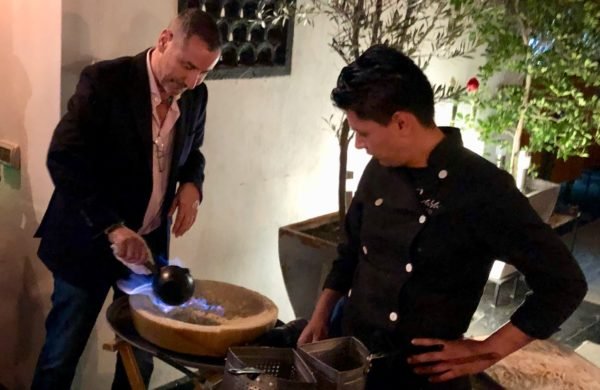
The next course is usually done tableside and its preparation is spectacular to watch. Casa Nostra slices a Parmesan wheel into three (“We used to cut it into two but a wheel weighs 85 pounds and our servers were definitely struggling”, Marco Massarotti told me). Fresh tagliatelle is tossed in the hollow of the camembert block and flambéd with brandy.
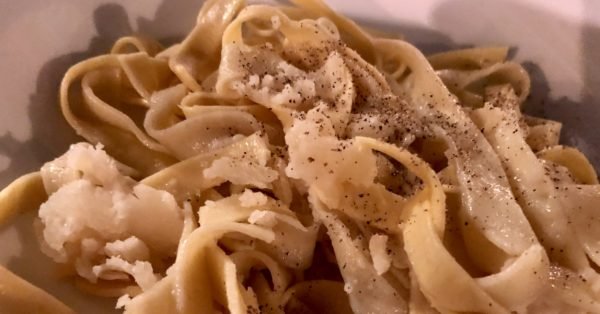
It was Spain’s turn to enter the ring. My choice of a 2015 Flor de Vetus was based primarily on its popularity and it being the “darling” of some of the world’s most respected critics. Flor de Vetus is, I believe, the best selling Spanish wine in the category that we were drinking. The winery, Bodegas Vetus, calls the grape Tinto de Toro, the local name in that part of Spain for Tempranillo.

The wine is aged for nine months, half of them in French and half of them in American oak barrels, with half of the barrels new and half of them used once before. At 14%, it had the highest alcohol level in the competition.
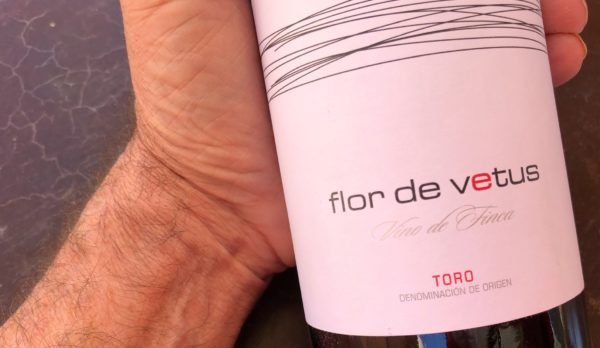
I added the scores and realized we were going to be in a very tight race. The scores for the Spanish Flor de Vetus averaged an 88, two points behind Traspatio. Mexico was ahead by a nose (yes, pun intended), with two wines to go.
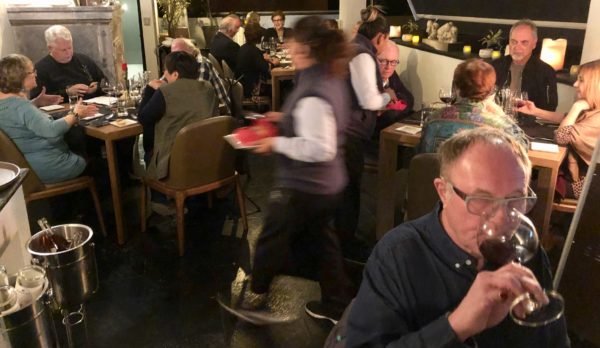
It was back to Mexico next and a wine that, after sampling virtually every young Mexican Tempranillo available over the previous two months, the one I personally thought had the best chance of upsetting the Spanish.

The 2014 Galileo comes from the El Cielo winery in the Valle de Guadalupe, the area that most critics believe produces Mexico’s best wines. It was again 100% Tempranillo, had an alcohol level of 13.8% and was aged a little longer than the previous two wines, with a full year in all new French barrels.
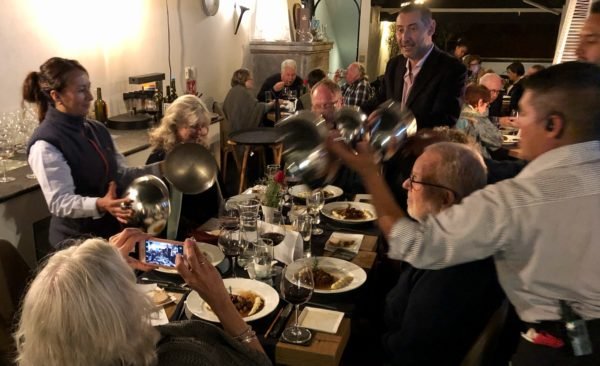
The ultimate red wine dish is beef and Casa Nostra’s choice was a ragout braised in Guiness to accompany the Galileo. Once again, the presentation of the dish shone as the restaurant’s servers simultaneously raised the hoods off each diner’s plate.
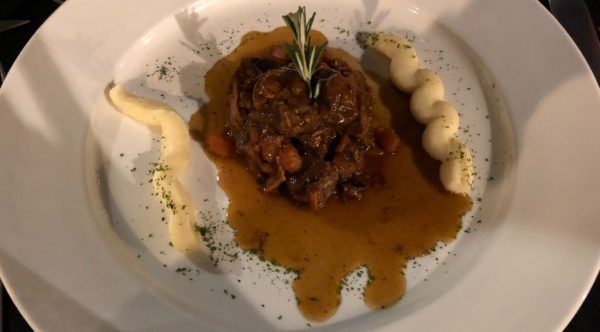
The Galileo went wonderfully with the meat and potatoes but not enough to take the lead. It scored one more than the Flor de Vetus with an 89, but one behind its fellow Baja Californian, the Traspatio. Nevertheless, the Mexican Tempranillos held both first and second place.

There was one to go, one more from Spain, and it would accompany dessert, a Jamaica mousse with Amaretto and chocolate. It was, interestingly, a wine that lured me to Casa Nostra about a year ago when the restaurant first opened and I saw it on their list.

The wine comes from Finca Villacreces in Ribera del Duero and it rose to fame with its 2013 edition when Robert Parker’s Wine Advocate, the most influential wine publication in the world, gave it a 93, a score usually reserved for far more expensive wines.
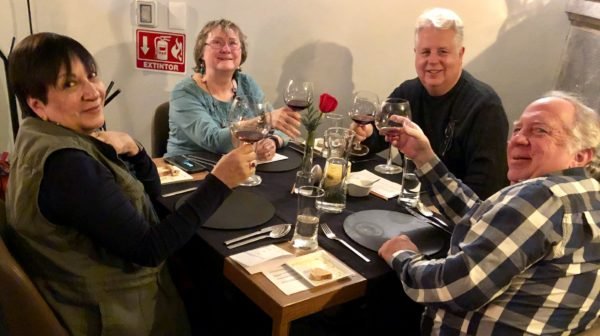
Pruno spends 12 months in new French oak, has a 13.5% alcohol level but is a little different than the other three in the tasting in that it is only 90% Tempranillo with the remaining 10%, Cabernet Sauvignon. Would that sway our tastebuds upwards? Could the 2016 Pruno score as well as the 2013?
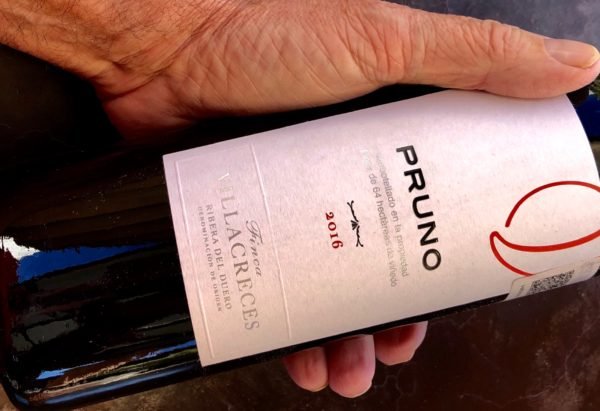
Pruno did score well. But not that well considering the competition. Pruno averaged an 88. It was tied with Flor de Vetus for third place. Traspatio and Galileo had taken first and second. San Miguel had spoken. Mexico had won The Battle of the Tempranillos. Personally, I was shocked. But I was also ecstatic.
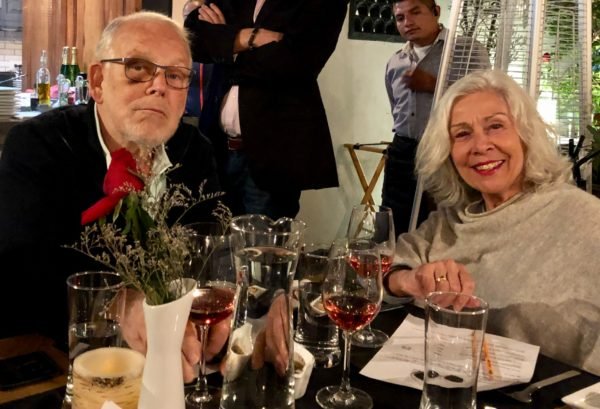
Would this result rival The Judgment of Paris? Would a movie be made about this tasting like they did when Bottle Shock celebrated California’s victory? Will Time Magazine be writing about the dinner’s anniversary forty years later?
No, no and no. The Judgment of San Miguel will probably remain a quiet victory. But I do think Mexico has fired its first flare. And I do think some people are going to notice it. And I do think there’ll be more and more Mexican wines that can take on the world. And win.
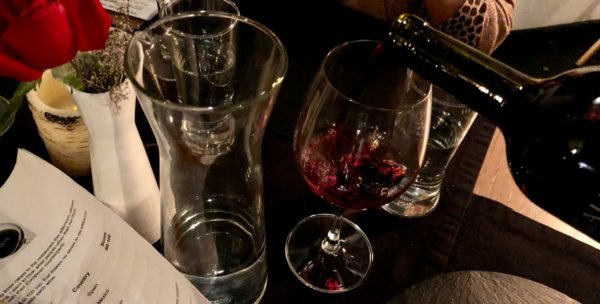
The top-scoring Mexican wines, Traspatio and Galileo, are both currently being featured at Casa Nostra. The restaurant is located at Calle Terreplén 8 in San Miguel de Allende. The restaurant is open on Tuesday from 6:00 to 10:00 pm; Wednesday and Thursday from 2:00 to 11:00 pm; Friday and Saturday from 2:00 to 11:45 pm.


Now you have done it! And I am very disappointed. I was hoping to keep Casa Nostra to myself and not bring hordes of people to this little bit of Italy. My wife and I are coming down shortly to San Miguel for our annual winter sojourn and can’t wait to enjoy again lunches and dinners at Casa Nostra.
As serious winos Jean and I wish we could have been there. One of the best commentaries on Mexican wines I have read. Late February we shall return to our second home in Col. San Antonio to personally confirm your obvious wine literacy…please don’t consume them all before we arrive.
Viva Mexico ! A very nice evening in a great setting, friendly and enthusiastic staff along with a wonderful host and great ( but modest ) chef.
The Transpatio was far and away the well deserved winner. It joins my list of Mexican all stars, the first was the Incognito of several years ago. Followed by the L A Cetto line up of Reserva Privadas , both the Cabernet and the Chardonnay. I think in time the Guadalupe Valley will give a serious challenge to our neighbor to the North.
Love this! I’m the distributor for Traspatio in Mexico City ! Tía a great wine❗️🍷🍷❗️
Where can we purchase it in San Miguel?
I buy mine online at Mercado de Vinos (but it could be sold out now).
Back in SMA and reading your wonderful commentary on the food/wine scene. Is there a wine club here and if so, any tips on how to connect? Would love to learn and taste more about our adopted country’s wines. Food tips great, as well. I’ve started my “not to miss” list of new eateries!
I do a couple of wine events each month when I’m here that go out to blog subscribers. Plus there’s the SMA Wine Society that you’ll find on Facebook.